Home>Garden Essentials>What Is In Gritty Soil Mix
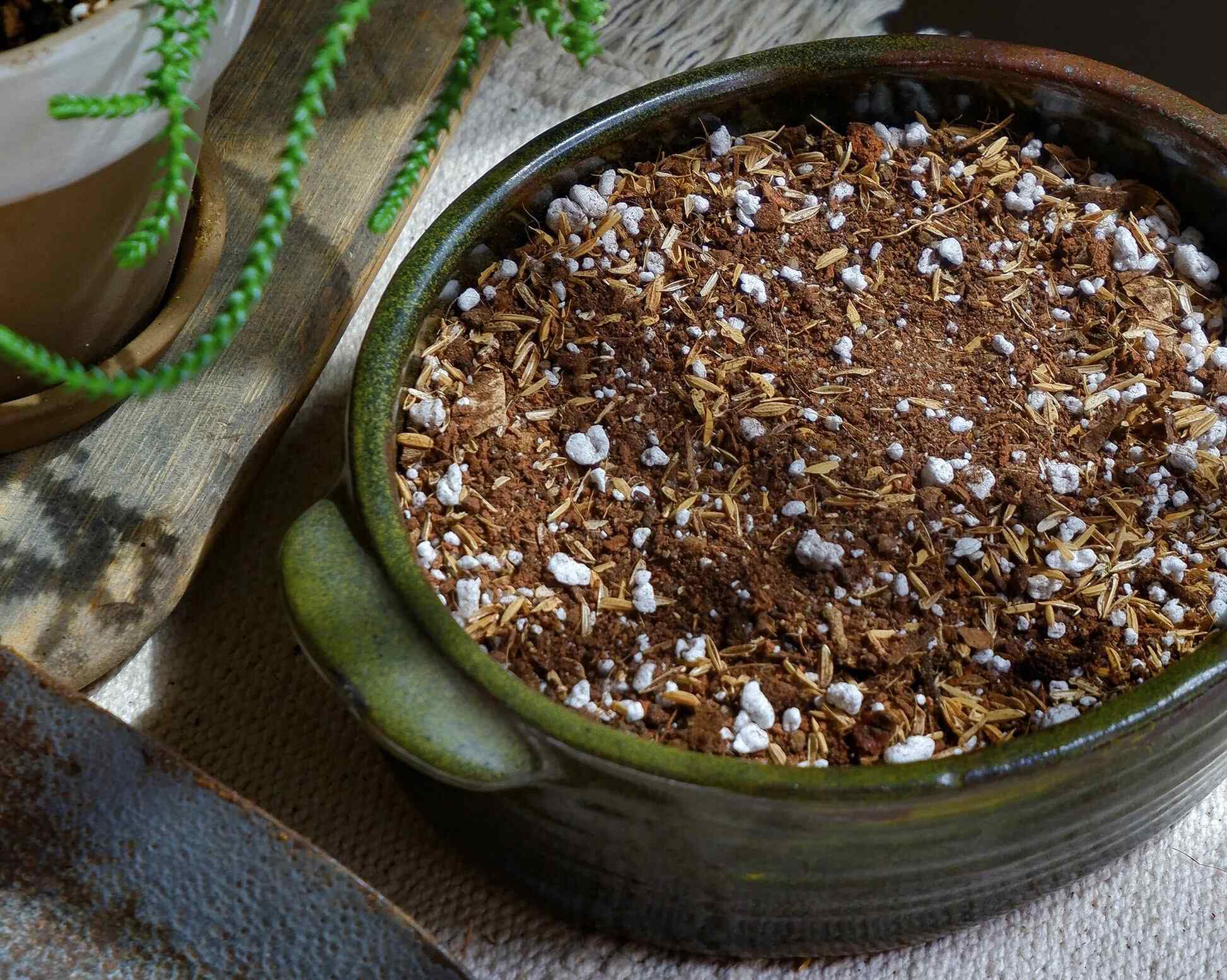

Garden Essentials
What Is In Gritty Soil Mix
Modified: March 16, 2024
Discover what makes a gritty soil mix perfect for your garden. Explore the benefits of using a gritty soil mix and learn how it can enhance your gardening experience.
(Many of the links in this article redirect to a specific reviewed product. Your purchase of these products through affiliate links helps to generate commission for Storables.com, at no extra cost. Learn more)
Introduction
Welcome to the world of gardening! Whether you are an avid gardener or just starting out, understanding the importance of soil composition is key to successful plant growth. While traditional soil mixes are commonly used, there is a specialized type of soil mix known as gritty soil mix that offers unique benefits for plant health and growth.
Gritty soil mix, also known as gritty mix or gritty potting soil, is a blend specifically designed to provide optimal drainage and aeration for plants. It consists of a combination of organic matter, inorganic particles, and minerals that create a well-balanced environment for plant roots to thrive.
In this article, we will explore the definition of gritty soil mix, its key components, the benefits it offers, and how you can make it yourself. So, let’s dig in and discover what makes gritty soil mix a valuable addition to your gardening routine.
Key Takeaways:
- Gritty soil mix is a specialized potting soil that promotes healthy plant growth by providing excellent drainage and aeration. It mimics natural arid conditions, preventing root rot and promoting disease resistance.
- Making your own gritty soil mix is simple and customizable. It allows you to create an optimal growing environment for your plants, preventing overwatering and promoting robust root development.
Read more: What Is A Cactus Soil Mix
Definition of Gritty Soil Mix
Gritty soil mix is a specialized type of potting soil that is specifically formulated to optimize drainage and aeration for plants. It is often used for plants that require fast-draining soil, such as succulents, cacti, and other drought-tolerant species.
Unlike traditional potting soils, which may contain organic matter like peat moss or compost, gritty soil mix consists of a combination of inorganic materials and coarse particles. These components work together to create a fast-draining medium that allows excess water to flow out efficiently, preventing root rot and other moisture-related issues.
The main purpose of using gritty soil mix is to mimic the natural growing conditions of plants that are native to arid environments. These plants have adapted to sandy, rocky soils, where water quickly drains away. By providing a similar growing environment, gritty soil mix helps promote healthy root development and prevents waterlogged conditions that can lead to root diseases.
It’s important to note that gritty soil mix is not suitable for all types of plants. There are certain species that prefer moisture-retentive soils, and using gritty mix for such plants may cause them to dry out quickly and suffer from dehydration. Therefore, it is essential to choose the right soil mix for each plant based on their specific needs.
Components of Gritty Soil Mix
Gritty soil mix contains a combination of components that work together to create the ideal growing environment for plants that require well-draining soil. The specific components may vary depending on individual preferences and plant requirements, but there are some common ingredients that are typically included in gritty soil mix:
- Coarse Sand: Coarse sand is a key component of gritty soil mix. It provides excellent drainage and prevents the soil from becoming compacted. The coarse texture of the sand allows excess water to pass through easily, ensuring that plant roots are not sitting in stagnant moisture.
- Perlite: Perlite is a volcanic glass that has been expanded by heat. It is lightweight and porous, which helps to improve aeration and drainage in the soil mix. Perlite retains some moisture while allowing excess water to drain away, helping to prevent waterlogging.
- Pumice: Pumice is a lightweight volcanic rock that is highly porous. It provides excellent drainage and improves aeration in gritty soil mix. Pumice retains some moisture, but allows excess water to flow freely, preventing the soil from becoming waterlogged.
- Bark: Bark, specifically orchid bark or pine bark, can be added to gritty soil mix to enhance drainage. It helps to create air pockets in the soil and break up compacted areas, promoting root growth and preventing rot.
- Coconut Coir: Coconut coir is a natural fiber derived from the outer husks of coconuts. It helps to retain moisture in the soil mix while still allowing excess water to drain away. Coconut coir also improves soil structure and provides some nutrients to plants.
- Mineral Additives: Some gardeners may choose to add mineral additives to their gritty soil mix, such as crushed limestone or crushed granite. These minerals can help to balance pH levels and provide trace elements that are beneficial for plant growth.
By combining these components, gritty soil mix creates a well-draining, aerated, and moisture-retentive environment for plants. The coarse nature of the ingredients prevents compaction, while the porous materials allow excess water to escape, reducing the risk of overwatering and root rot.
When creating a gritty soil mix, it’s important to use a combination of materials such as sand, perlite, and gravel to improve drainage and aeration for plants. Avoid using fine particles like silt or clay, as they can lead to compacted soil.
Benefits of Using Gritty Soil Mix
Gritty soil mix offers numerous benefits for plants that require well-draining soil. Here are some key advantages of using gritty soil mix in your gardening practices:
- Improved Drainage: One of the primary benefits of using gritty soil mix is its excellent drainage properties. The coarse components in the mix, such as sand and pumice, allow water to flow freely through the soil, preventing waterlogged conditions. This helps to prevent root rot and other moisture-related issues that can harm plant health.
- Aeration: Gritty soil mix provides excellent aeration for plant roots. The coarse particles and porous materials create air pockets within the soil, ensuring that roots have access to oxygen. This promotes healthy root development and enhances overall plant growth and vigor.
- Prevents Soil Compaction: The structure of gritty soil mix prevents soil compaction, allowing roots to penetrate and spread easily. This enhances nutrient and water absorption, as well as supports the development of a robust root system. Preventing soil compaction also improves soil fertility over time.
- Reduces Risk of Overwatering: By providing optimal drainage, gritty soil mix helps to prevent overwatering. Excess water can quickly escape from the soil, reducing the risk of waterlogged conditions. This is particularly beneficial for plants that are sensitive to excessive moisture, such as succulents and cacti.
- Mimics Natural Growing Conditions: Gritty soil mix is designed to replicate the natural growing conditions of plants that thrive in arid environments. By creating a similar soil structure, it allows these plants to develop and grow as they would in their native habitats. This leads to healthier plants with enhanced disease resistance.
- Longer-Lasting Soil: Gritty soil mix tends to have a longer lifespan compared to traditional potting soils. The coarse components and improved drainage help prevent the breakdown of organic matter and the accumulation of salts. This means that the soil mix can be reused for multiple planting cycles with minimal degradation.
- Versatility: While gritty soil mix is commonly used for succulents, cacti, and other plants that prefer well-draining soil, it can also be beneficial for other species. Many houseplants benefit from the improved drainage and aeration provided by gritty soil mix, promoting healthier growth and reducing the risk of root diseases.
Overall, using gritty soil mix provides a range of benefits for plant health and growth. Its well-draining properties, improved aeration, prevention of soil compaction, and reduced risk of overwatering contribute to creating an optimal growing environment for a variety of plants.
How to Make Gritty Soil Mix
Making your own gritty soil mix is relatively simple and allows you to customize the blend according to your plant’s specific needs. Here’s a step-by-step guide on how to make gritty soil mix:
- Gather the Ingredients: Collect the necessary components to create the gritty soil mix. These typically include coarse sand, perlite, pumice, bark, coconut coir, and optional mineral additives like crushed limestone or granite.
- Proportions: Determine the desired proportions for the mix. A general rule of thumb is to use equal parts of sand, perlite, and pumice, with smaller amounts of bark and coconut coir. The mineral additives can be added according to the needs of specific plants.
- Prepare the Materials: If using bark, soak it in water overnight to remove any excess tannins or salts. Allow the bark to drain before adding it to the mix. Similarly, wet the coconut coir to expand it to its full volume prior to mixing.
- Mixing: In a large container or wheelbarrow, combine the sand, perlite, pumice, bark, and coconut coir. Mix the components thoroughly to ensure even distribution. If using mineral additives, add them to the mix as well.
- Moisture Test: Test the moisture level of the mix by taking a handful and squeezing it. It should hold its shape briefly before crumbling apart. This indicates a good balance of moisture retention and drainage.
- Storage: Store the gritty soil mix in a dry, airtight container until ready to use. It can be stored for an extended period without significant degradation, making it convenient for future plantings.
When using the gritty soil mix for planting, ensure that the pot or container has drainage holes to prevent waterlogging. Place a layer of the mix at the bottom of the container, position the plant in the center, and fill the remaining space with the soil mix, gently firming it around the roots.
Remember, different plants may have varying requirements, so it’s essential to research specific plant needs to determine the best gritty soil mix proportions for each species. Adjusting the blend accordingly will help provide the ideal growing conditions for your plants.
By making your own gritty soil mix, you have control over the quality and composition of the blend, ensuring optimal drainage and aeration for your plants’ root health.
Read more: What Is Humus Soil Mix
Conclusion
Gritty soil mix is a valuable tool in the world of gardening, providing numerous benefits for plants that require well-draining soil. With its excellent drainage, improved aeration, prevention of soil compaction, and reduced risk of overwatering, gritty soil mix creates an ideal growing environment for a variety of plant species.
By mimicking the natural growing conditions of plants that thrive in arid environments, gritty soil mix promotes healthy root development and enhances overall plant growth and vigor. It offers a versatile solution for a wide range of plants, including succulents, cacti, and other houseplants that benefit from improved drainage and aeration.
Creating your own gritty soil mix allows you to customize the blend based on individual plant needs. By using components such as coarse sand, perlite, pumice, bark, and coconut coir, you can achieve optimal moisture retention, prevent waterlogging, and provide the necessary nutrients for your plants to thrive.
Remember to consider the specific requirements of each plant when determining the proportions of the gritty soil mix. Some plants may prefer a higher percentage of sand or perlite, while others may benefit from the addition of mineral additives to balance pH levels.
Whether you are an experienced gardener or just starting out, incorporating gritty soil mix into your planting routine can significantly improve the health and growth of your plants. The well-draining and aerated environment it provides promotes robust root development, disease resistance, and long-lasting soil quality.
So, the next time you’re in need of a soil mix that offers superior drainage, consider making your own gritty soil mix. Enjoy the benefits of healthy, vibrant plants and watch your garden thrive in this specialized and effective potting medium.
Frequently Asked Questions about What Is In Gritty Soil Mix
Was this page helpful?
At Storables.com, we guarantee accurate and reliable information. Our content, validated by Expert Board Contributors, is crafted following stringent Editorial Policies. We're committed to providing you with well-researched, expert-backed insights for all your informational needs.
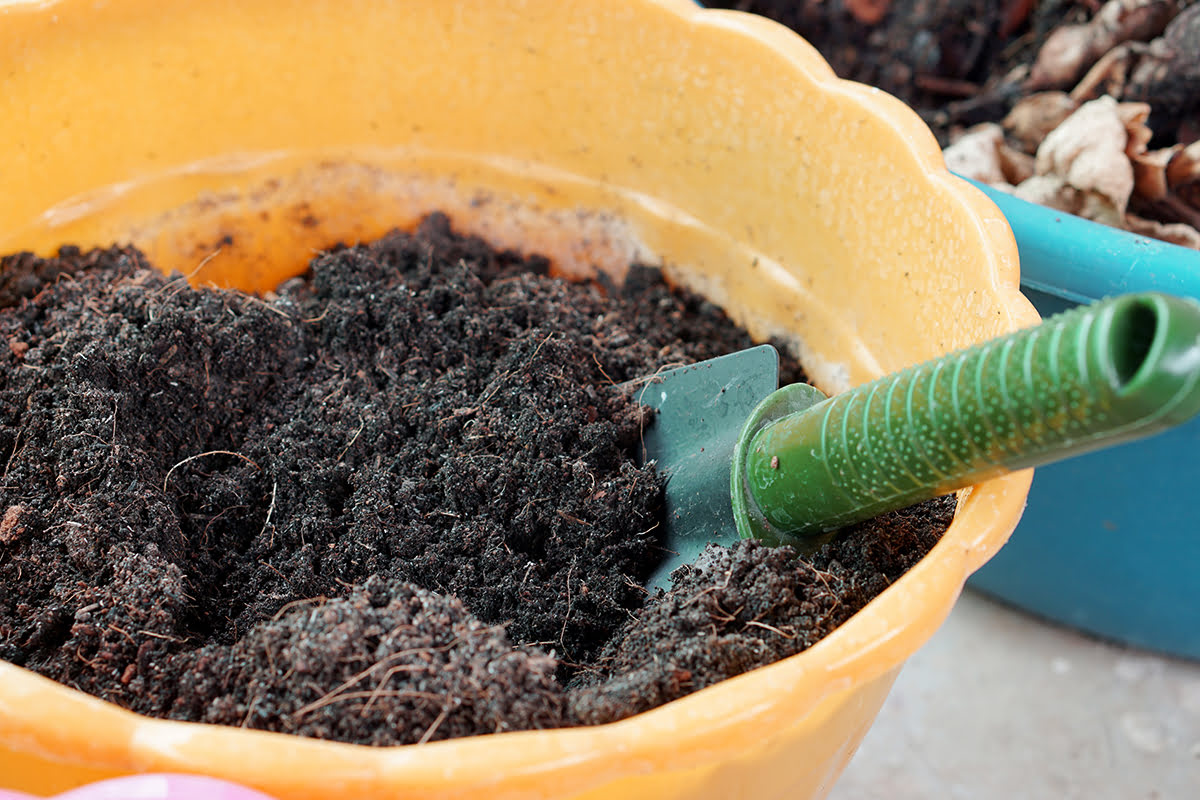
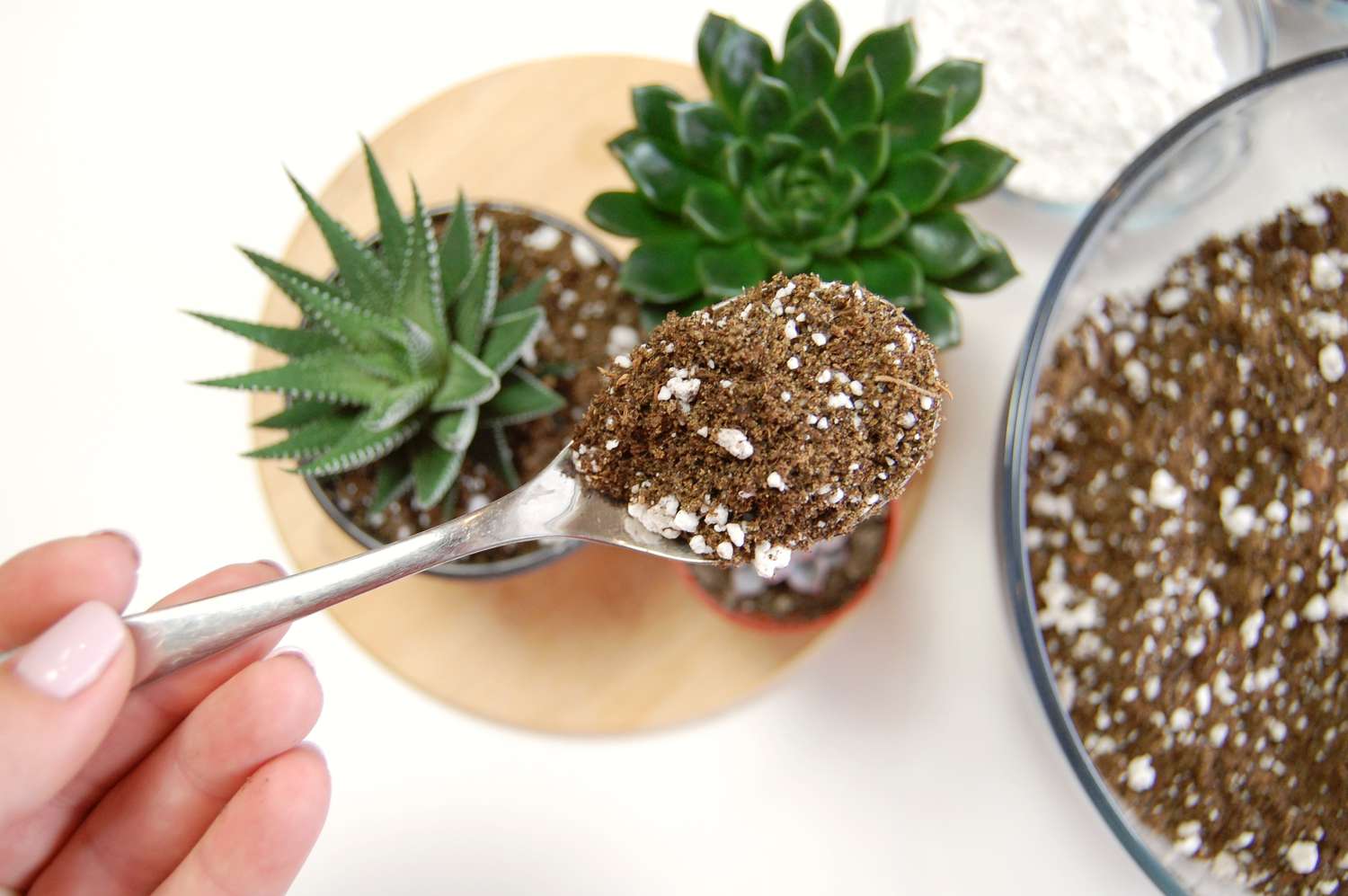
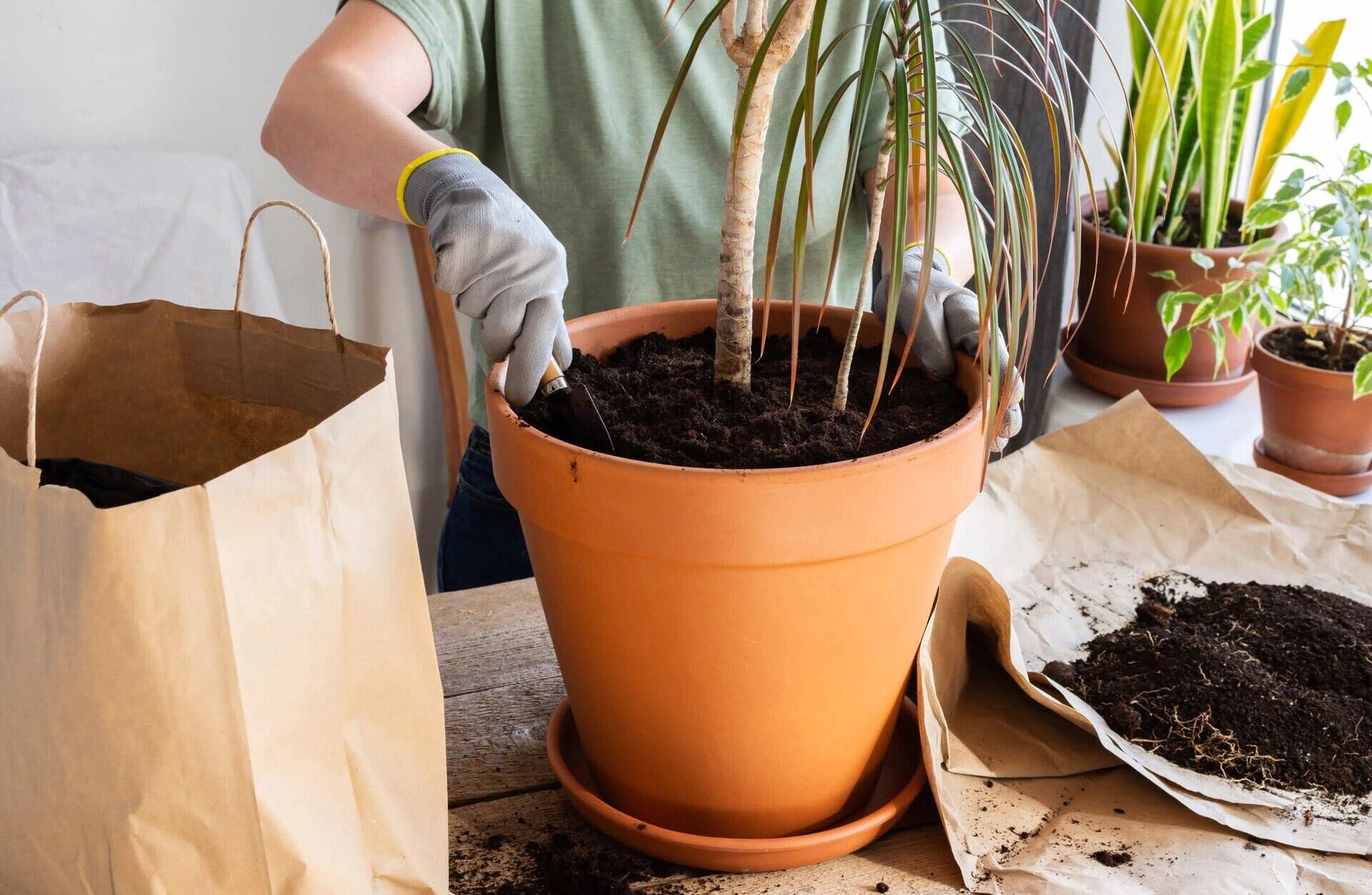
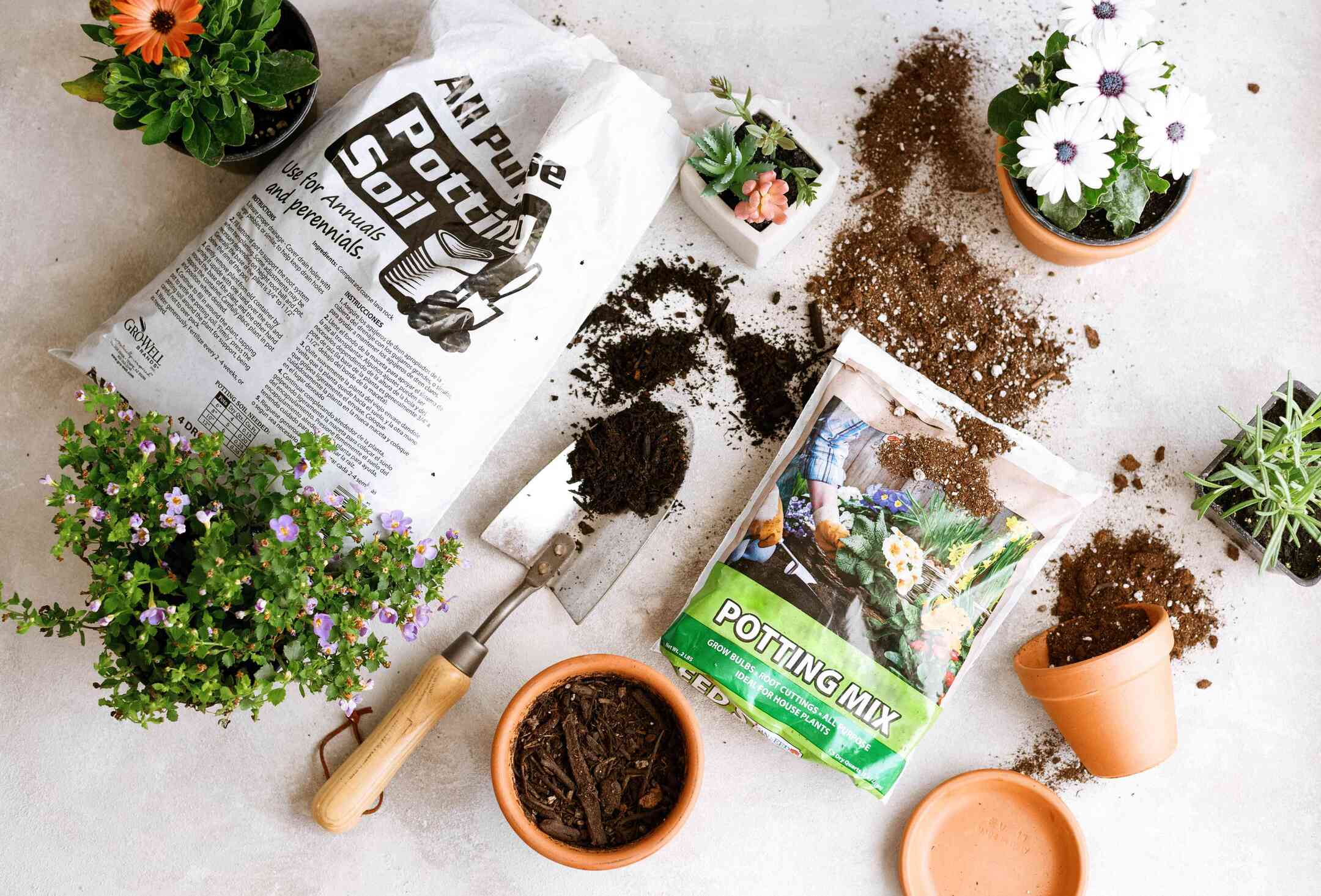
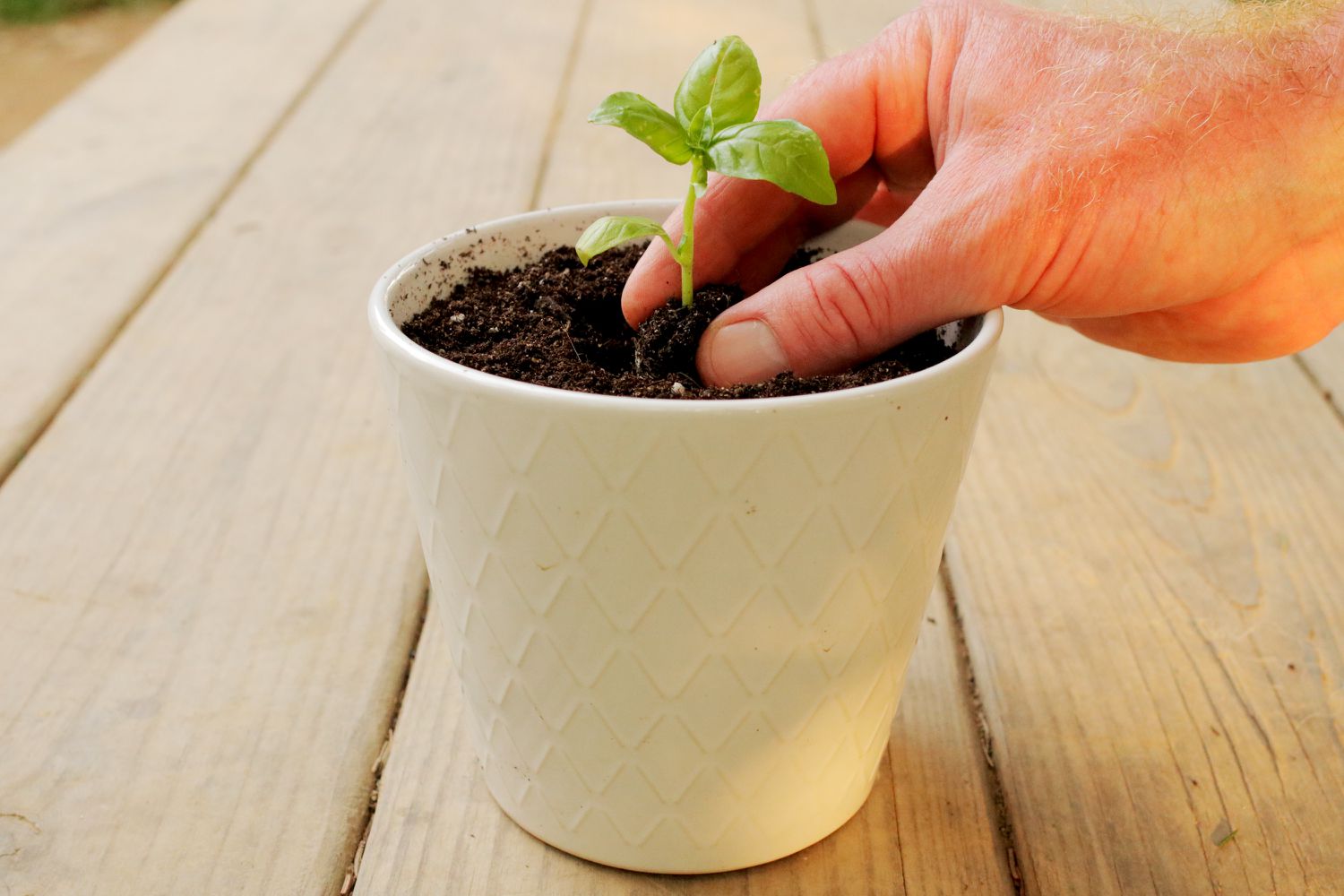
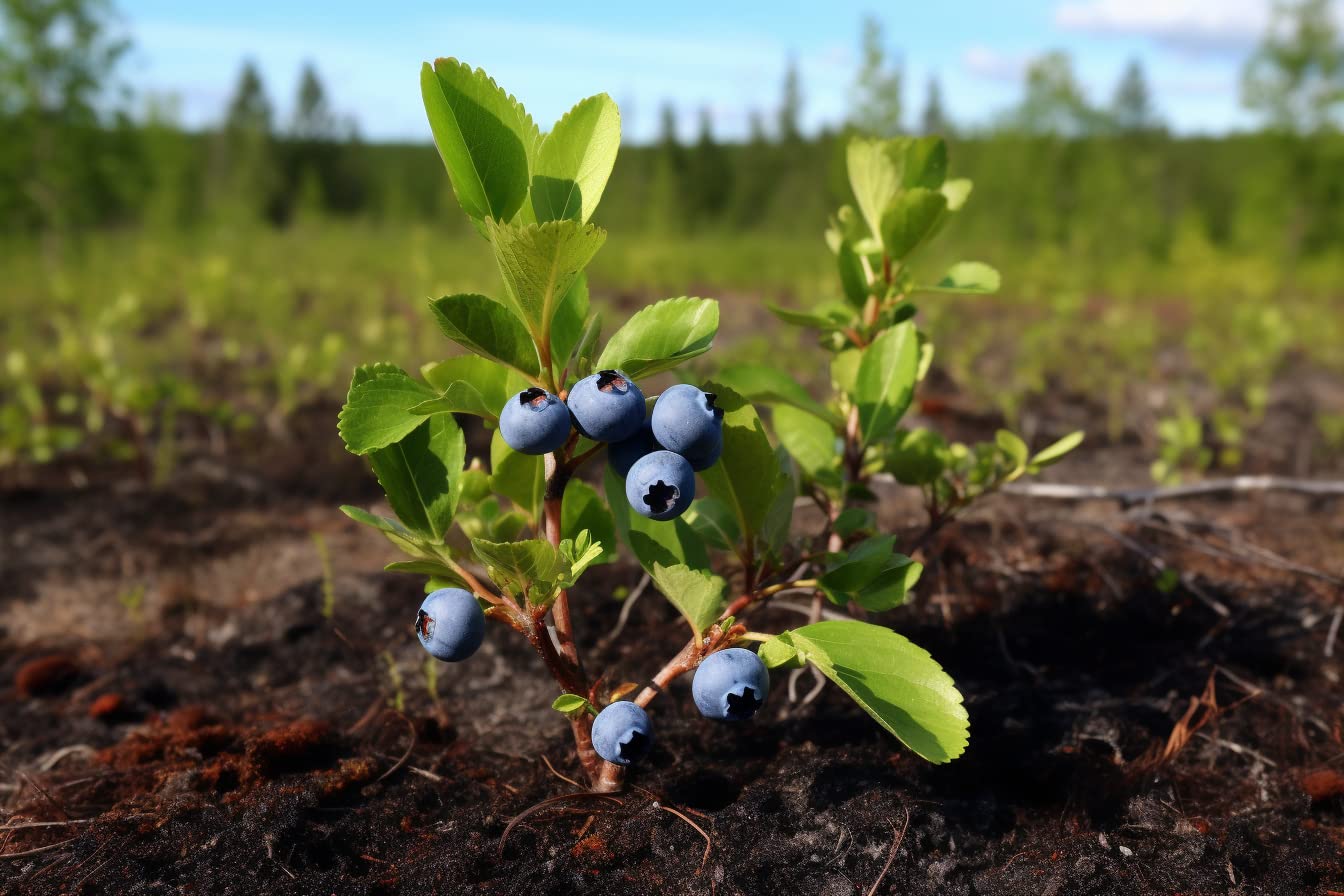
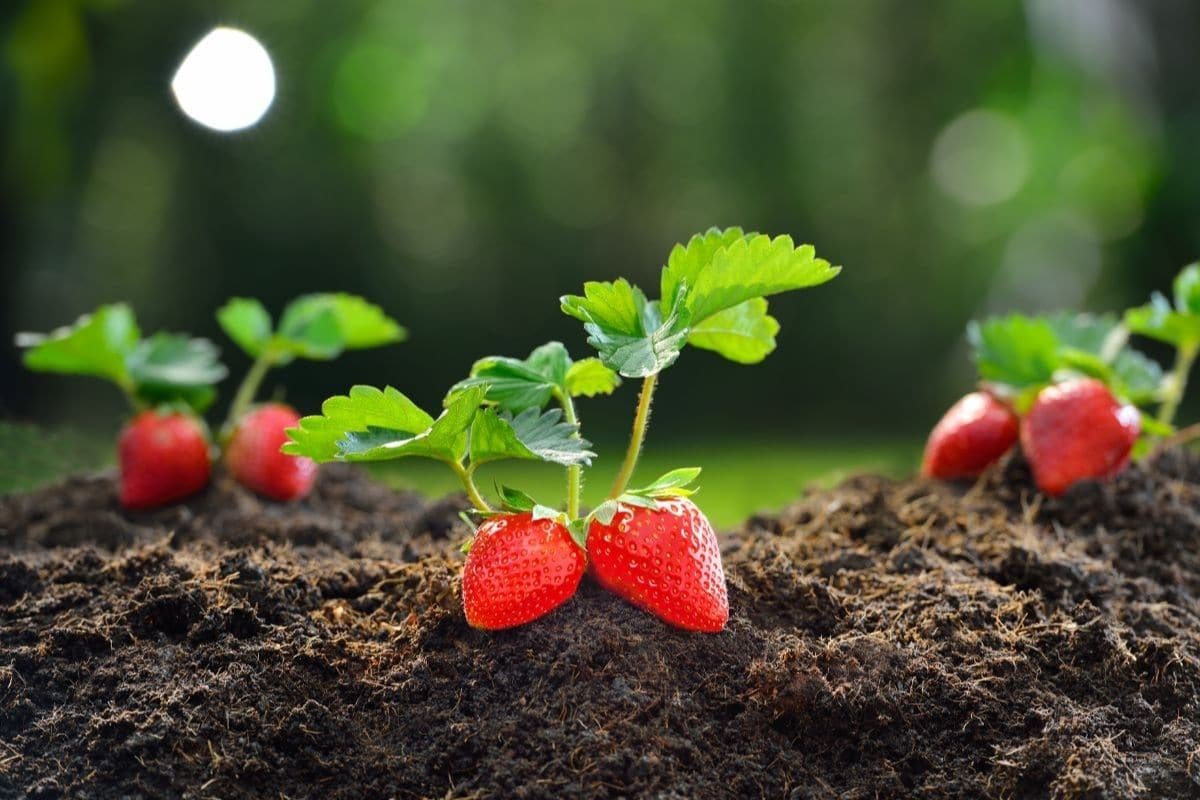
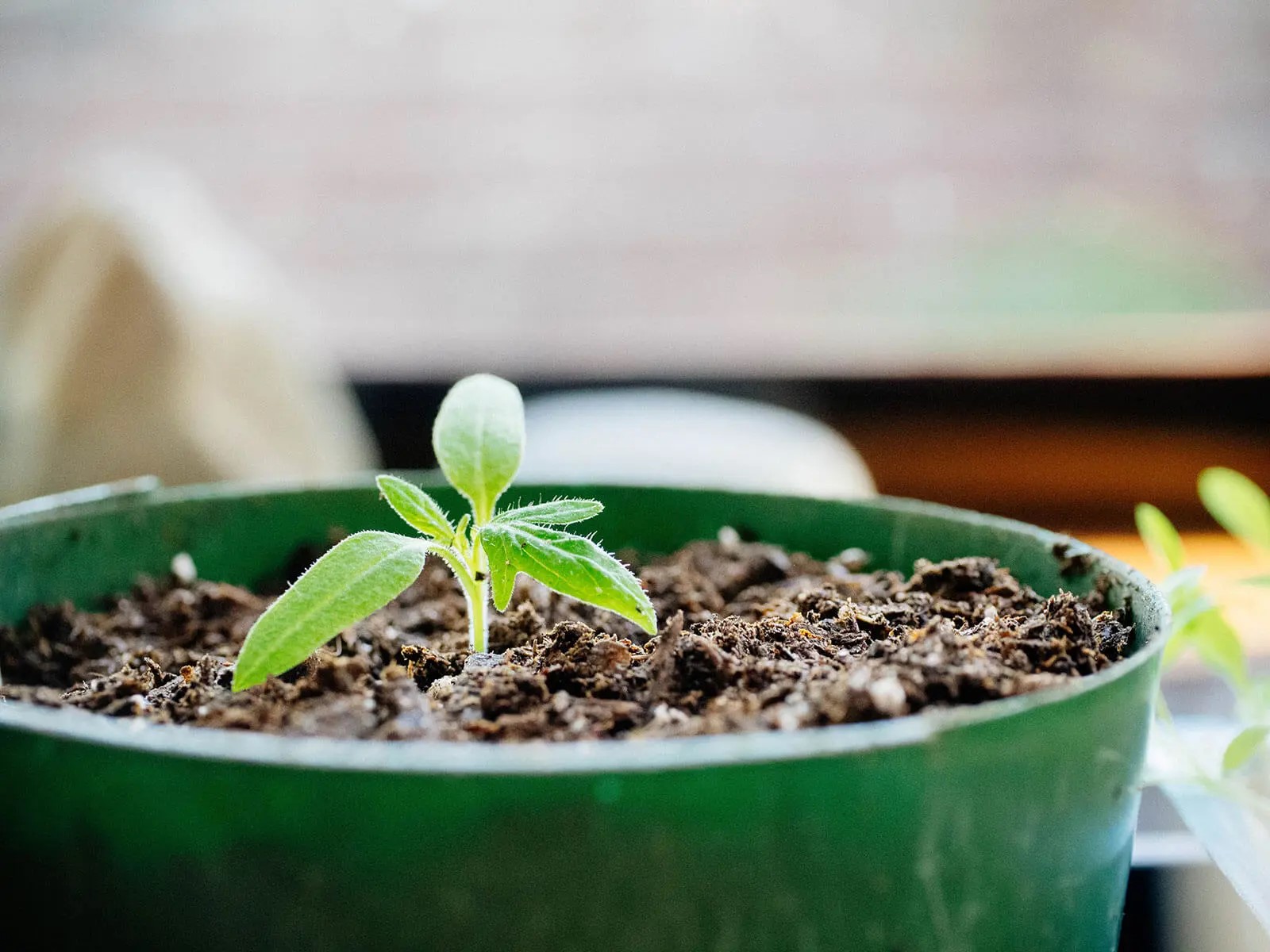
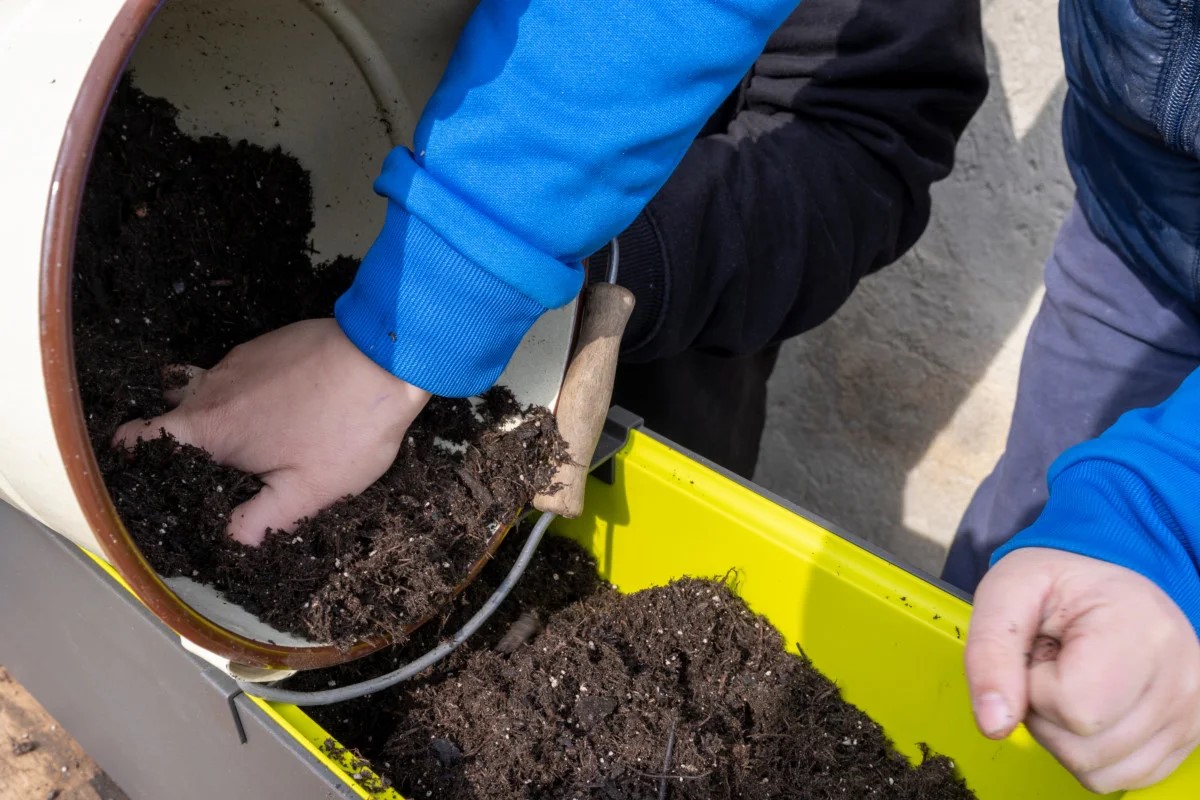
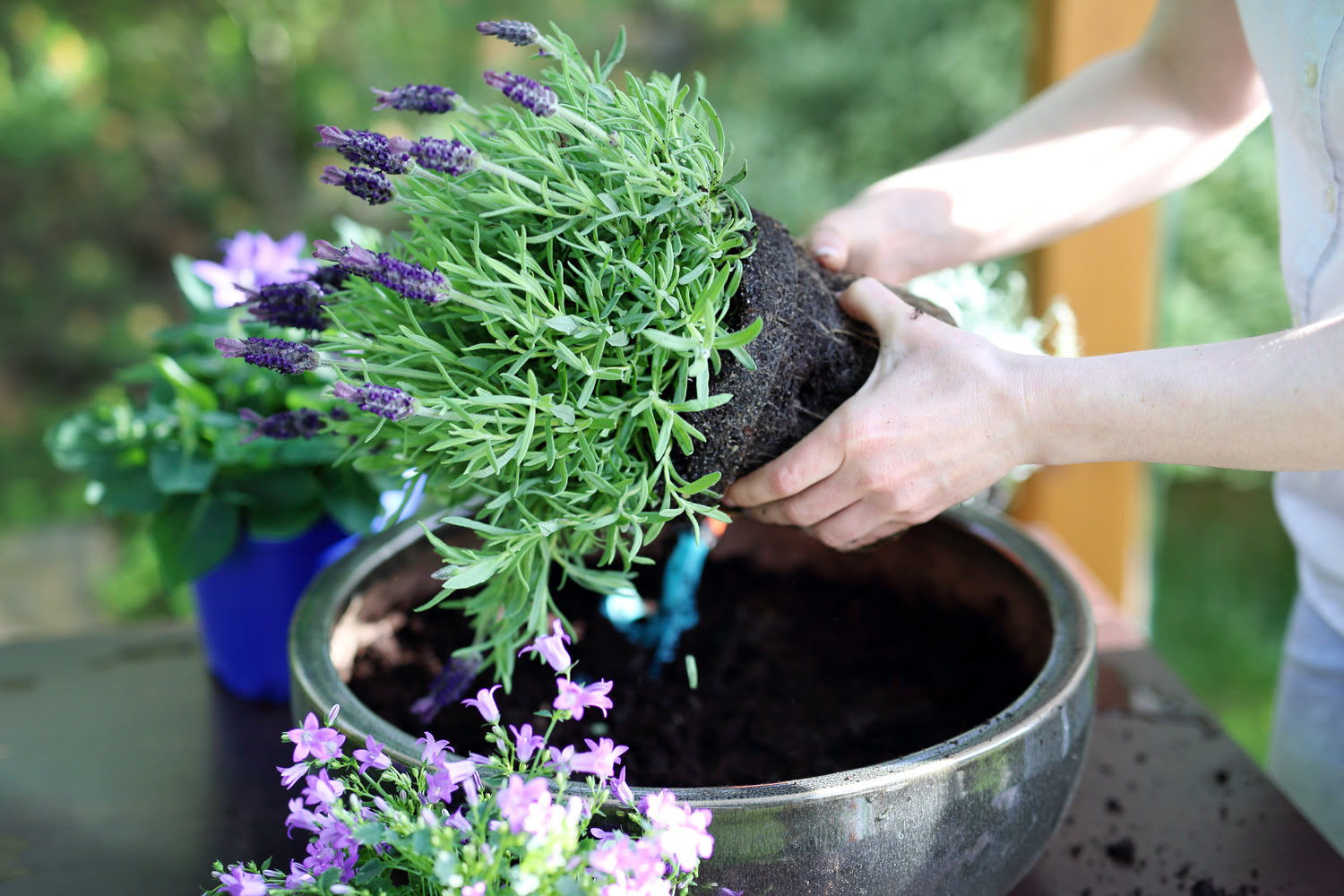
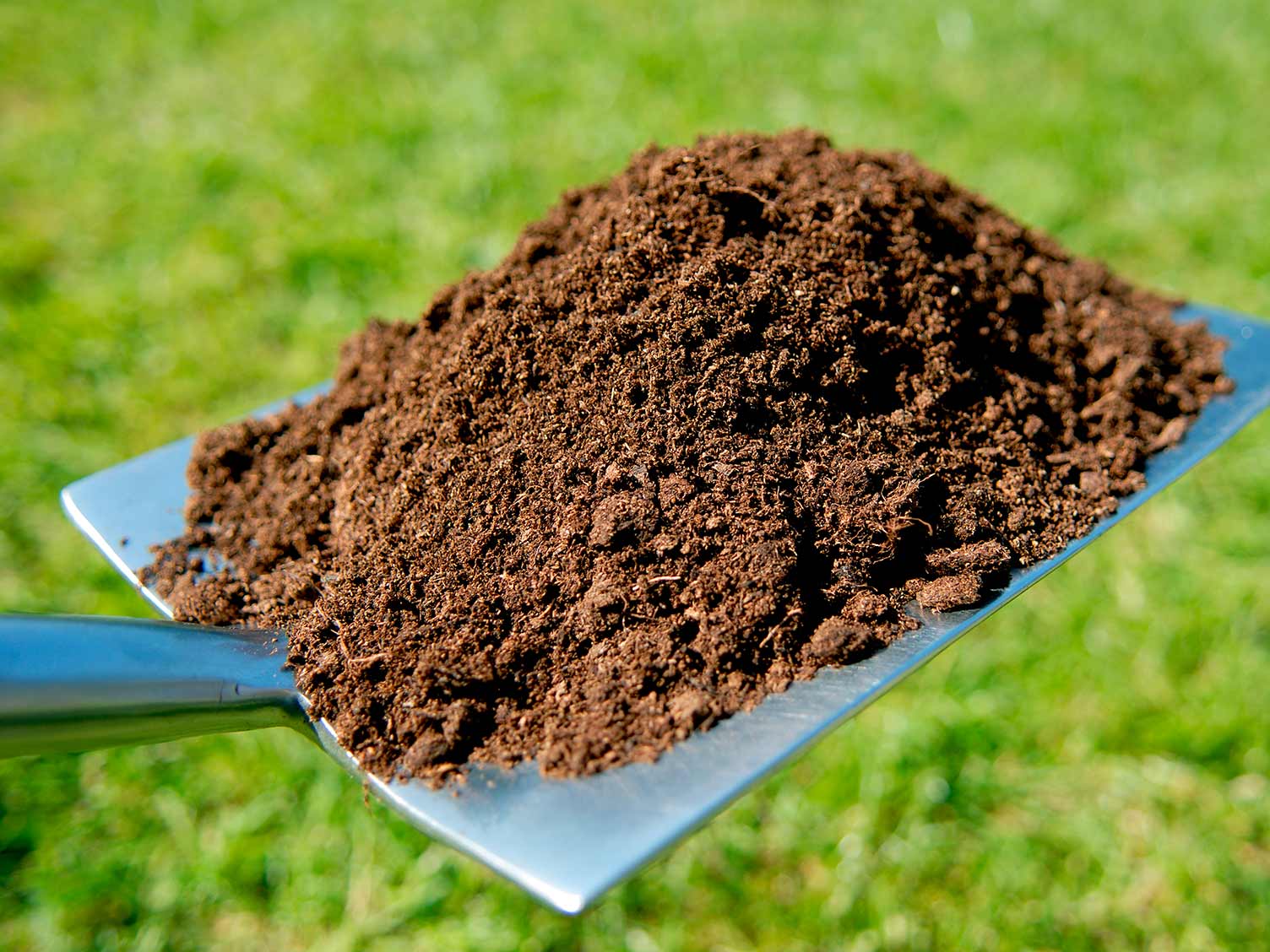
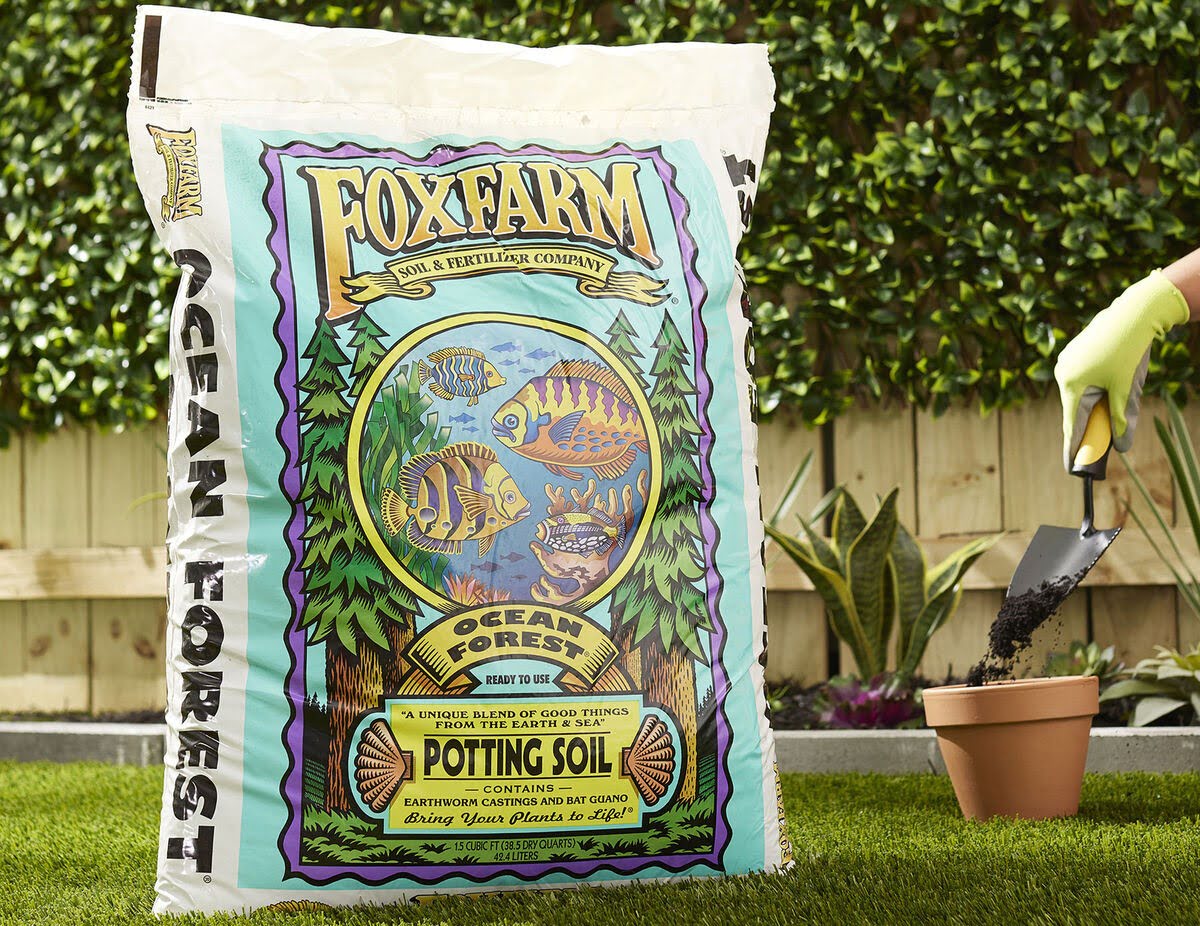
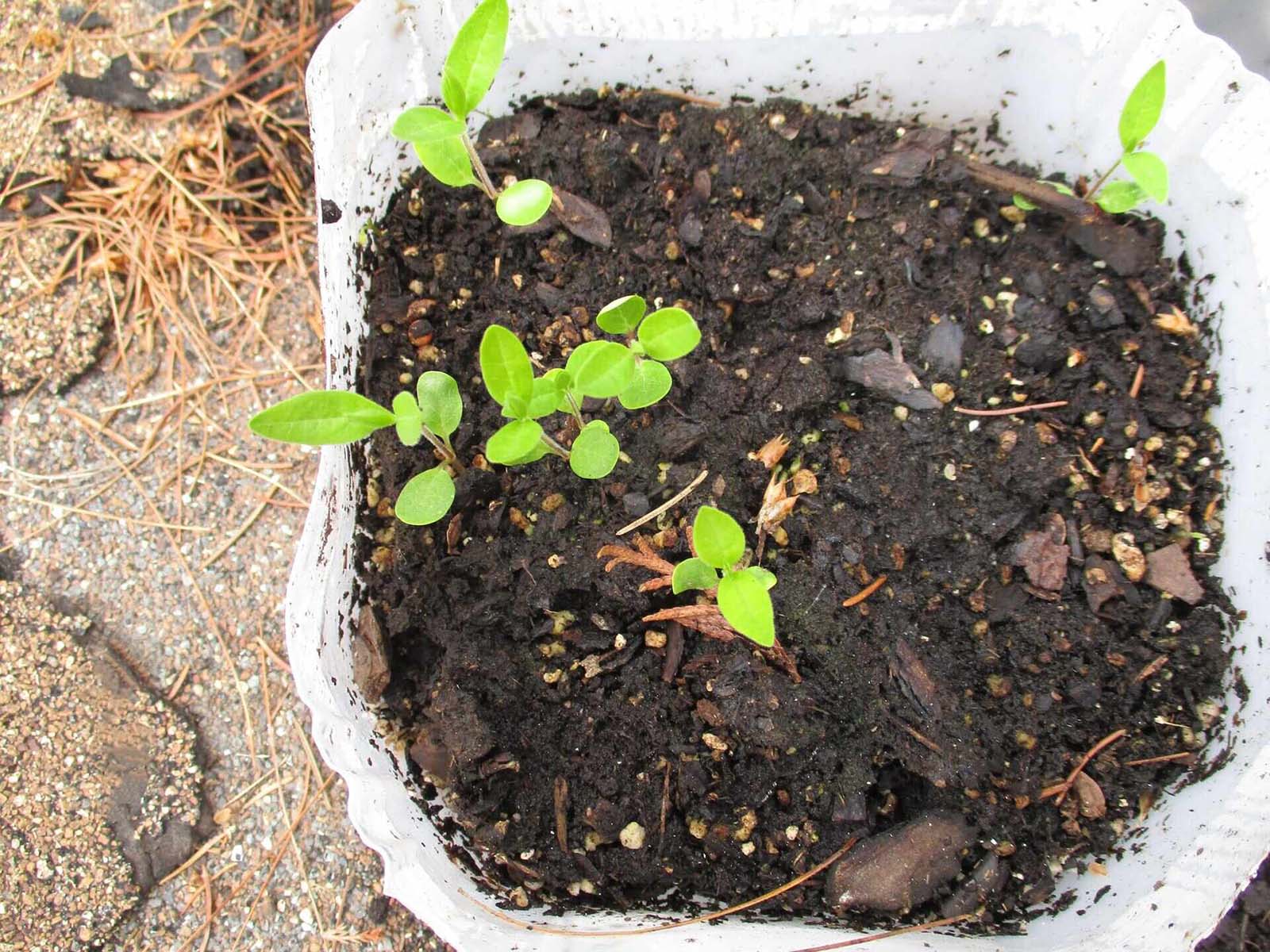
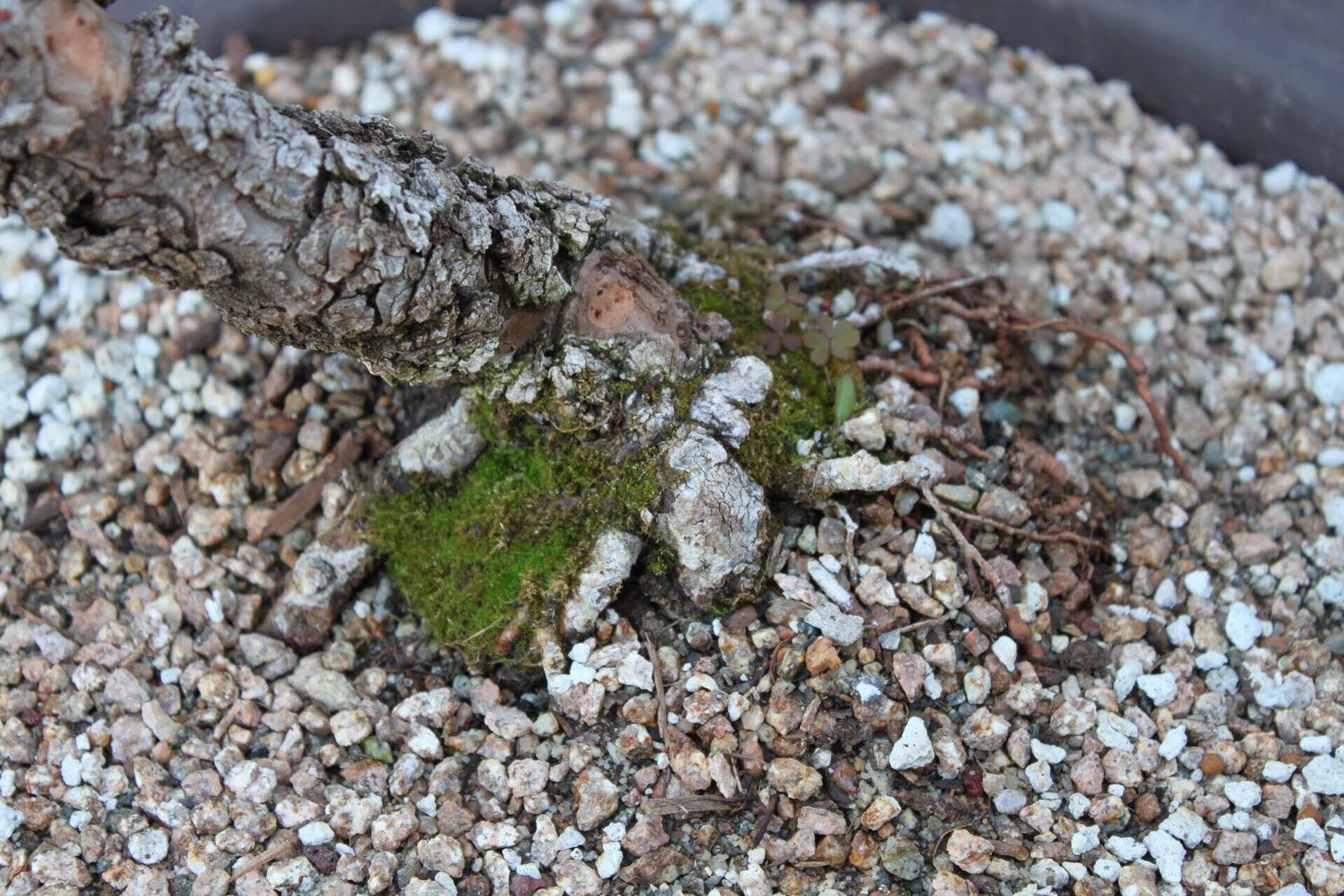

0 thoughts on “What Is In Gritty Soil Mix”